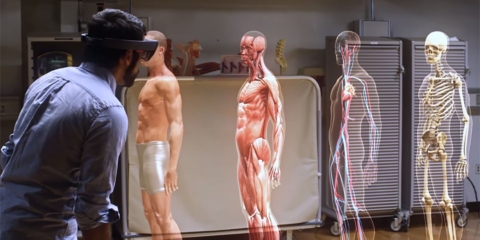Would you like to get notifications from Christian?
Exponentially fast-evolving technologies like 3D printing and robotics are changing the way we build homes. These new technologies enable us to build better, faster, and cheaper than ever before. In the near future, everybody will be able to design his own house, using smart software design systems. You order a construction 3D printer and within a few days, your house is ready. Homes will be fully customized, cheap, built sustainably, energy neutral, and modular. Ready to be repurposed when living needs are changing. The entire design en building process will be streamlined by technology, minimizing waste and overuse of scarce and expensive resources.
Customers
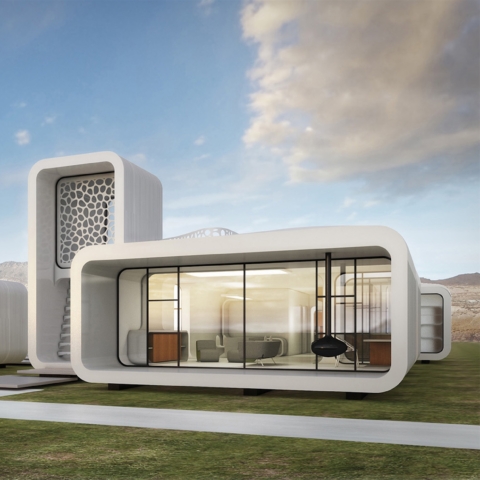
The future of construction is looking very exciting. We will see more Regenerative buildings that are sustainable and use fewer resources. 3D printing will become more common and we will see building robots becoming more widely used. Modular construction will be the norm as it is much more efficient.
We will also see a high level of customization and flexibility in construction as homes are not needed anymore the materials can be repurposed to build something else that is more useful.
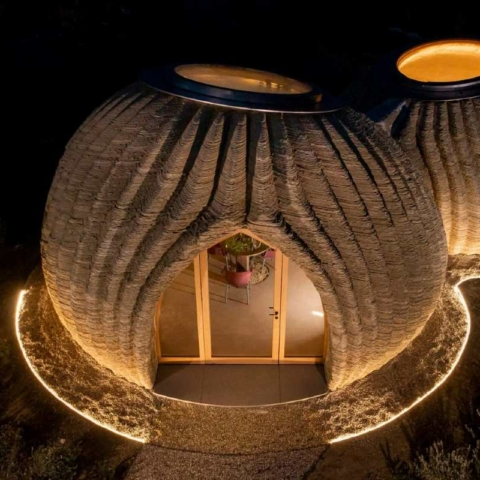
One of the most fascinating things that 3D printing is being used for is construction. 3D printed homes, large buildings, and structures are becoming more common as the technology improves. The benefits of 3D printing in construction are many. 3D printed homes can be built much faster than traditional methods, they are often cheaper. In the future, 3D printing will be used not only for homes but also for large buildings and even bridges.
3D-printed homes are already being built in China, the United Arab Emirates, and the United States. The world’s first 3D-printed office building was completed in Dubai in 2016. The 25,000-square-foot building was 3D printed in 17 days using a 20-foot-tall printer.
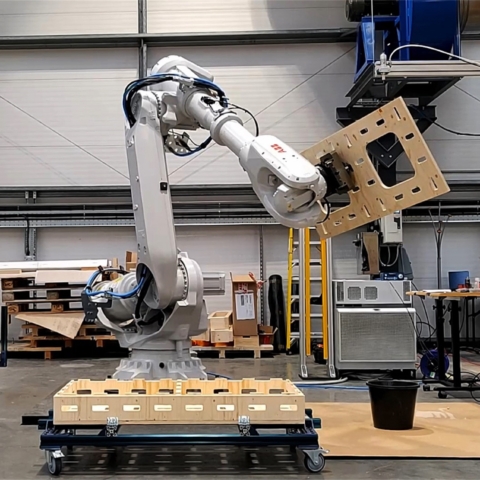
Robotics will also play a big role in construction. Robotics can be used for repetitive tasks such as bricklaying, window installation, and painting. Robots can work 24 hours a day and don’t get tired. They can also work in dangerous or difficult-to-reach places. Construction will become more sustainable as 3D printing and robotics reduce the need for construction materials.
3D-printed homes use less concrete, steel, and wood than traditional homes. 3D printers can also use recycled materials to print homes. The benefits of 3D printing and robotics are clear. 3D printing and robotics will enable us to build better, faster, cheaper, and more sustainably than ever before.

The impact of 3D printing and robotics on people and the planet is very positive. 3D printing and robotics will enable us to build better, faster, cheaper, and more sustainably than ever before. 3D-printed homes use less concrete, steel, and wood than traditional homes. 3D printers can also use recycled materials to print homes.
This means that 3D printing and robotics will help to reduce the number of construction materials that are needed, which is good for the environment. 3D printing and robotics will also help to reduce waste in construction as well as improve the safety of workers.

When you think of a keynote, what comes to mind? A dry, boring presentation that is only useful for corporate types? If so, then you are in for a surprise. Christian Kromme is a Keynote Speaker who will change your mind about keynote presentations. His keynotes are highly visual and engaging, and he can tailor his message to fit any audience.
Whether you need a keynote for a live event or something that can be viewed online or even pre-recorded, Christian has you covered. His presentations are truly inspiring and thought-provoking, and they will open your eyes to the world of tomorrow. If you are looking for a Keynote Speaker who will challenge the status quo and provide disruptive insights, then Christian Kromme is the right choice for you. Contact him today to learn more about how he can help your organization achieve its goals.
Christian is a futurist and trendwatcher who speaks about the impact of exponential technologies like AI on organizations, people, and talents. Christian tailors his presentations to your audience's specific industries and needs.



Our world is changing at an exponential rate! A big tidal wave of digital transformation and disruption is coming at us fast. Many organizations see this wave as a threat and experience stress, but there are also organizations that just see this wave as an opportunity.

Imagine sitting with just 10-15 fellow executives at a premier location, gaining clarity on the impact of AI on your industry while enjoying an exquisite dining experience. These are not just meetings—they are transformative moments that will shape the future of your organization

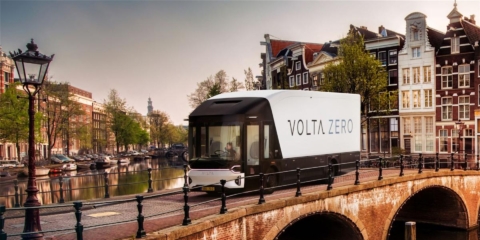
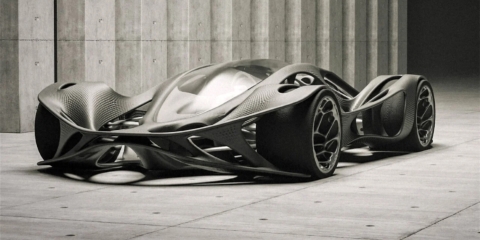
In the future, 3D printing and generative design will allow for products to be designed in a more decentralized manner, and production will take place closer to the customer and fully on-demand. 3D printing technology will also allow for more customization and personalization of products.
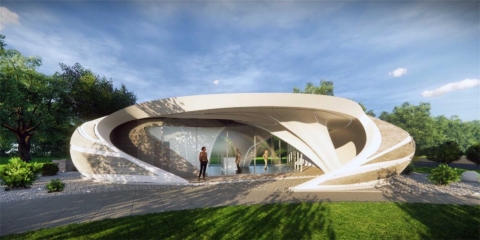

The agricultural industry is ripe for disruption. Robotics, AI, and IoT are all technologies that have the potential to radically transform the way we grow food. In combination with vertical farming, these technologies could increase the efficiency and quality of agricultural products.
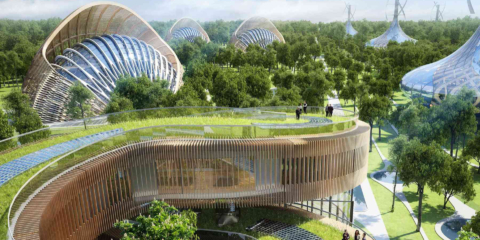
A human-centered society is one that puts people first and where technology is used to unite and empower people. It is a society that values biological life and dignity above all else. It is a society that recognizes the importance of human relationships and works to strengthen them. In a human-centered society, all members of the community are valued and treated with respect.
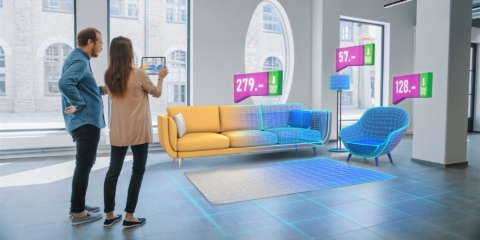
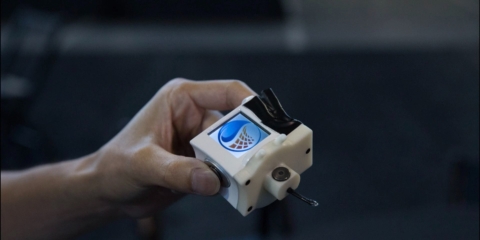
The future of healthcare is here. New technologies like AI, IoT, big data, and smart sensors make it possible to become the CEO of your own health. Imagine that your phone can listen to your voice and AI algorithms can detect small nuances in the tone of your voice that indicate specific diseases.
